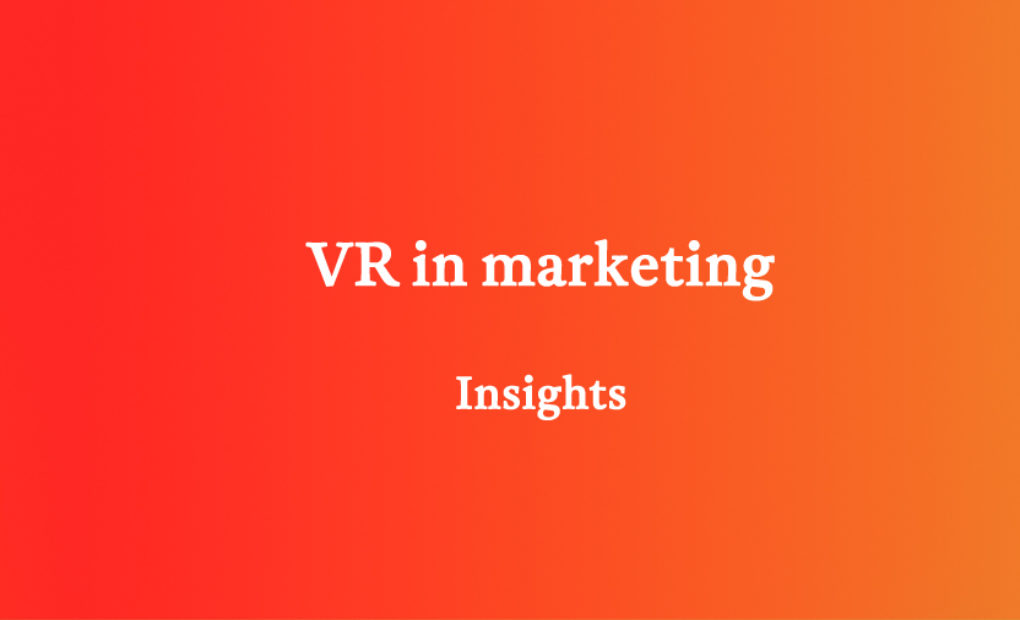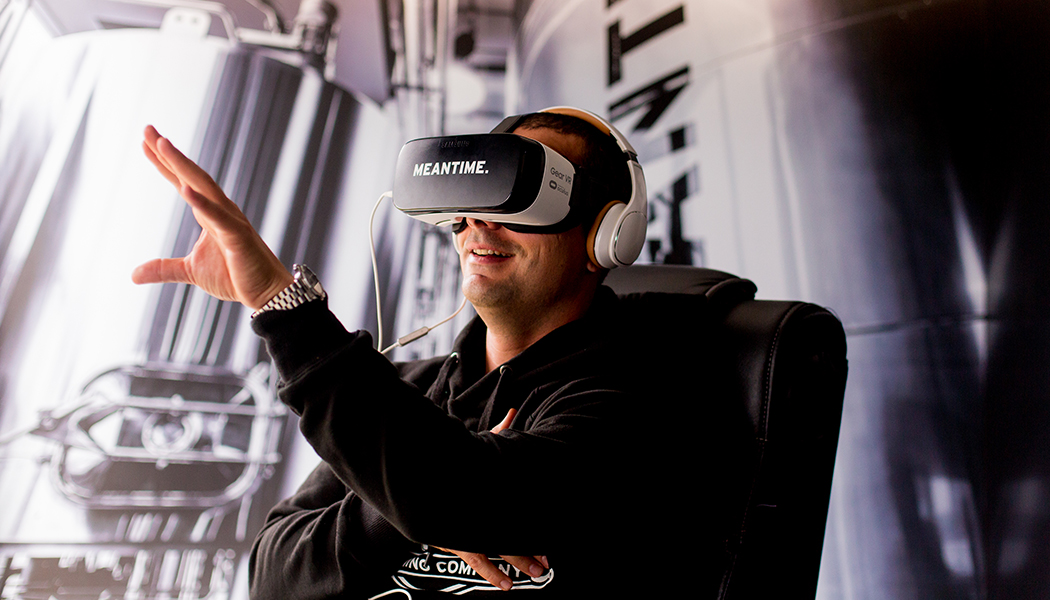
VR in marketing – How will virtual reality transform online marketing?
What opportunities does virtual reality present for marketers today and how is this new form of communications going to transform our engagement with brands in the future? Business Director Christian Burne shares his views on VR in marketing with Virtual Reality News.

Visualise created a VR marketing experience for Meantime |
As a means of transporting customers into new and deeply engaging brand and product experiences, there’s simply no other creative technology like virtual reality.
It’s the content/channel hybrid that no-one was expecting, and we’re still trying to tame. But what’s certain is that the medium’s unique ability to deliver brand narratives in previously unimaginable ways is already encouraging marketers to explore how they can use VR content to deliver more impactful online marketing.
From a content perspective, VR and 360 video is already pulling away for the peloton in terms of its ability to engage, move and connect with people.
In turn, it’s triggering new depths of all the efficacy markers brands seek: meaning, emotion, connectivity, interaction, talk ability and share of heart and mind. Leveraging this and understanding how and where to deploy VR and 360 video content across traditional online channels represents an immediate opportunity for brands and marketers.
Some purists might argue that 360 video isn’t VR; more a natural and innovative extension of online video – but don’t be fooled.
Whilst the creative and narrative rules might differ slightly from a full VR experience, when executed in the right way, 360 video delivers the same sense of magic, immersion and fascination.
As a channel however, the future is less clear. As reductionist as it sounds, VR’s efficiency as a channel – and by extension its potential effect on online marketing – has to be defined by the numbers it can reach.
And it won’t be until full VR starts to hit the necessary volume of unique users, that we’ll see a more robust and commercially viable VR channel-marketing eco-system open up.
So for the short to medium term, notable scale in VR is reached through distributing content across YouTube, Facebook, native 360 web players on brand-owned assets, and increasingly, via traditional native ad formats.
Given 85% of all new ad spend is predicted to be swallowed up by Facebook and Google, there’s plenty of reasons for brands to be excited about the future.
